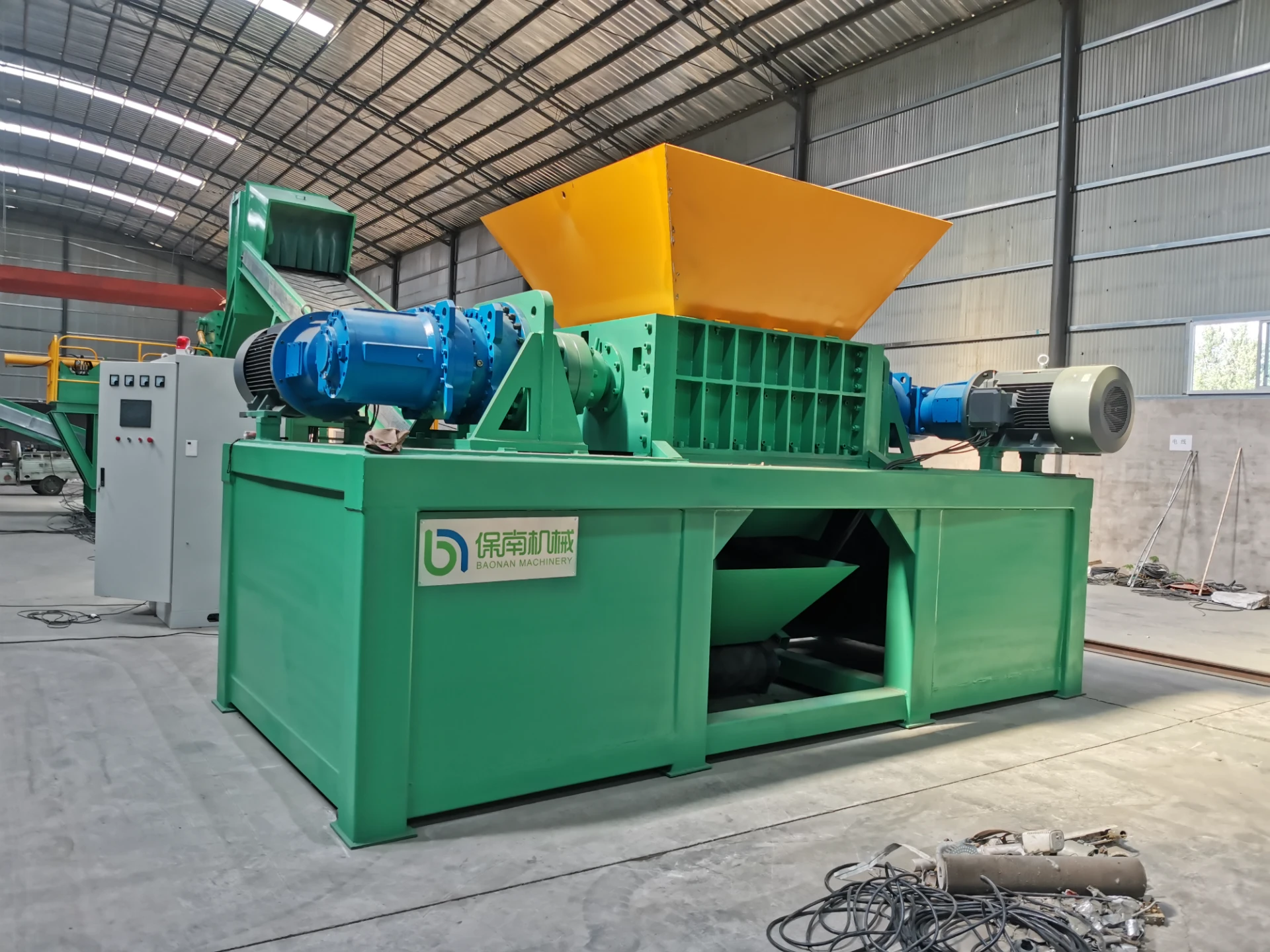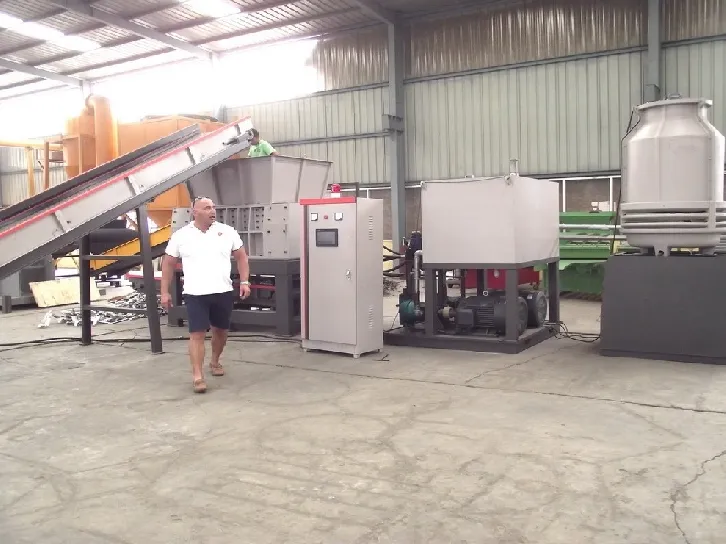Disposing of circuit boards requires careful consideration due to the potential environmental impact and the valuable components they contain. Proper management of this e-waste not only helps preserve the environment but also recovers precious metals and components. Here, we offer a comprehensive guide based on experience and expert recommendations for safely and responsibly disposing of circuit boards.

Firstly, understanding what's inside a circuit board is crucial. Circuit boards commonly contain copper, gold, palladium, and other valuable metals, along with toxic substances such as lead, mercury, and cadmium. Handling them carelessly can lead to environmental contamination and health risks.
To begin with, individuals interested in personal recycling can explore certified e-waste recycling facilities. These facilities have the necessary technology to extract precious metals while minimizing environmental harm. A network of certified e-waste recycling centers is available in most regions, making it convenient for residents to drop off their electronic waste. Recycling through these certified centers ensures that non-recyclable parts are incinerated under strict environmental standards, reducing harmful emissions.

For businesses generating large amounts of e-waste, partnering with a professional e-waste management company provides an efficient solution. These companies offer end-to-end services, from collection to recycling, often customized to specific corporate needs. Businesses benefit from secure data destruction services, ensuring that no sensitive information is compromised, while also adhering to environmental regulations.
Another innovative approach is the repurposing of circuit boards. Many tech enthusiasts and hobbyists actively seek old circuit boards for DIY projects, art pieces, or educational purposes. Online platforms and local community groups often provide networks where such exchanges can take place, giving circuit boards a second life and reducing the total waste produced.
how to dispose of circuit boards
For those seeking a more environmentally conscious approach, engaging in or organizing community e-waste collection drives can raise awareness and promote responsible disposal practices. By collaborating with local governments and environmental NGOs, these initiatives can lead to greater local participation in e-waste recycling efforts, contributing significantly to community sustainability goals.
Moreover, some manufacturers offer take-back programs, allowing consumers to return old electronics for recycling. These programs are part of initiatives to promote producer responsibility, ensuring that companies bear some burden in the lifecycle of their products. Checking with the manufacturer when purchasing new electronics can identify if such initiatives are in place, thus influencing more sustainable consumer choices.
Education plays a crucial role in improving disposal practices. Staying informed about regional e-waste regulations and understanding the environmental impact of improper disposal can drive more people to adopt sustainable habits. Many governmental and non-governmental organizations provide resources and materials to promote public awareness about the importance of proper e-waste disposal.
In conclusion, while circuit boards pose a disposal challenge, leveraging certified recycling centers, exploring repurposing options, participating in community drives, utilizing manufacturer take-back programs, and continuous education about e-waste can all contribute to more responsible disposal practices. By taking these actions, individuals and businesses not only comply with environmental regulations but also contribute to a more sustainable future.


